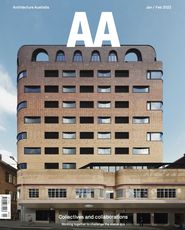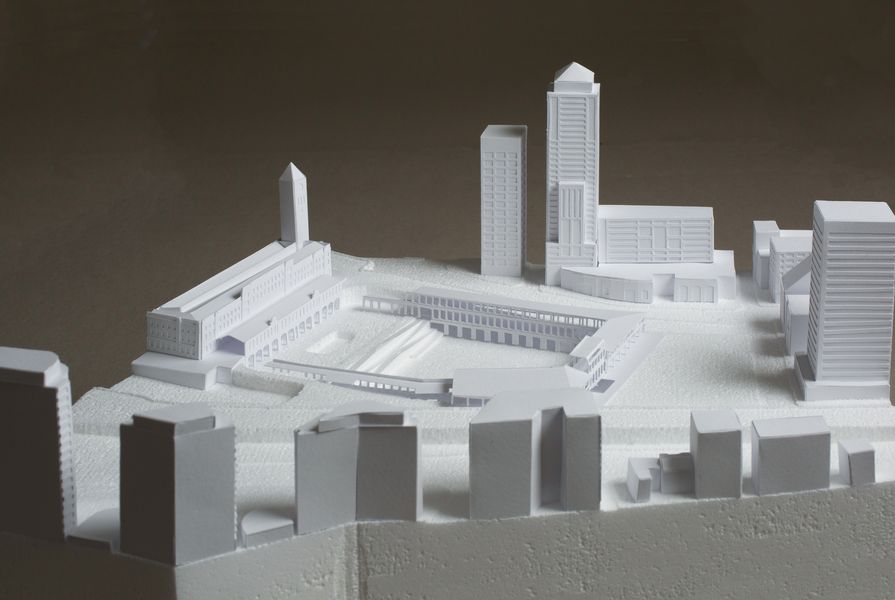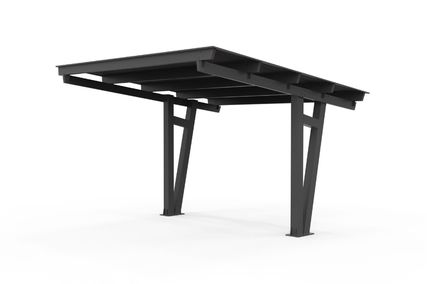Jury citation
Sydney is a city built on sandstone. Many of its grand civic buildings are constructed from this material, and recent projects – such as the sandstone foreshore at Barangaroo – have reminded Sydneysiders of the material richness that exists beneath their city. Sand Castles reconfigures the park fronting the city’s Central Station to reveal the sandstone lying immediately underground. This cut stone is ramped and connected to a new subterranean park located below street level. The excavated stone is used to create a triple-height colonnade or belvedere that wraps around the remaining three sides of the park and links back to Central Station. This is an ambitious and bold proposition deployed to provide human-scale spaces that celebrate the geological origins not only of Central Station but of Sydney itself.
Architect’s description
One hundred feet above sea level, atop a ridge, rainwater filters through the sandstone strata. It escapes through a crack in the rock and drips into a bowl roughly carved into the floor of a cave located on a peninsula. It is a source of fresh water for the local people of the Eora nation.
In 1799, a European man traded the peninsula for a gallon of rum. Over the next century, the land was divided further and the Indigenous people were displaced. As the new workers enlarged the small bowl in the cave floor to satisfy the demand for fresh water, so too did they carve up the land to satisfy the demand for a local building material.
In 1902, the Saunders Quarries of Pyrmont received the order for 127,000 cubic feet of sandstone for Sydney’s new Central Station. The cave was consumed by the quarry.
Sydney’s early development was predicated on the extraction of material from the land. Living in Sydney now is synonymous with living alongside the cuts that remain from the quarrying process. The extracted building blocks, despite being carved up, behave exactly as any piece of land does when exposed to the elements.
Predating the growth of the city up to its boundaries, the grand front facade of Central Station is invisible from a theoretical standpoint as well as a physical one; there is little sense of the civic potential that it holds .
Sand Castles proposes to quarry Belmore Park, revealing Sydney’s sandstone foundations and creating a larger open horizontal space than the current park provides. The result is a new public square that continues a long history of conflating public and staged civic life.
Seeking to flip the current pedestrian experience in Sydney, which often feels like an afterthought, the primary purpose of these grand spaces is to serve as a thoroughfare.
At the foot of Central, civic life is absorbed into the theatre. The act of quarrying and the construction of Central’s physical counterpart reveal its rusticated facade for what it is, and stage the processes of extraction and occupation for all to see and experience.
Source

Award
Published online: 13 Jan 2022
Words:
2022 AA Prize for Unbuilt Work Jury
Issue
Architecture Australia, January 2022

















